Emma Tillman’s photographs chronicle the unseen moments in life, those, to steal from Virginia Woolf, islands of meaning which shore up against the ferocious momentum of time. It’s fitting that her book Disco Ball Soul, was named such: thoughtful, investigative and lingering, her portraits of friendships, romance and the natural world offer an energising and playful mosaic of her experience of the world. Here, she tells Twin about the images which have most impacted and shaped her life and work.
Alberto García-Alix
Alberto García-Alix is a Spanish photographer from León whose work was part of a movement that shaped modern documentary photography, but to me he is so much more. And that is where I will begin with this list. I would say in a word, he is shameless. And it is this shamelessness that draws circles around the core of ugliness and strangeness, illuminating it until it is light, despite all its rugged detail.
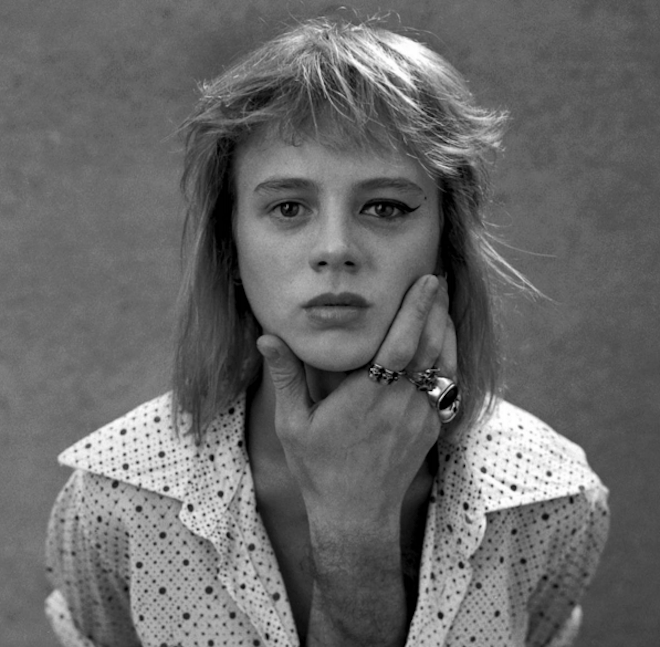
Emma Suarez | © Alberto García-Alix
Taryn Simon
Taryn Simon is an American artist from New York City. Although I had come in contact with her widely regarded and well collected photography a handful of times in my adult life, I had not been touched by its power until one lonely afternoon at the Tate Modern in London. I wandered into a room full of her work from “An American Index of the Hidden and Unfamiliar” and finally understood.
That rainy day I explored the gap she so eloquently elaborated on. Between the brilliant precision of her semiotic examination of secrets and the divine poetry with which she captures them. Simon raises very potent questions, with elegance and beauty.
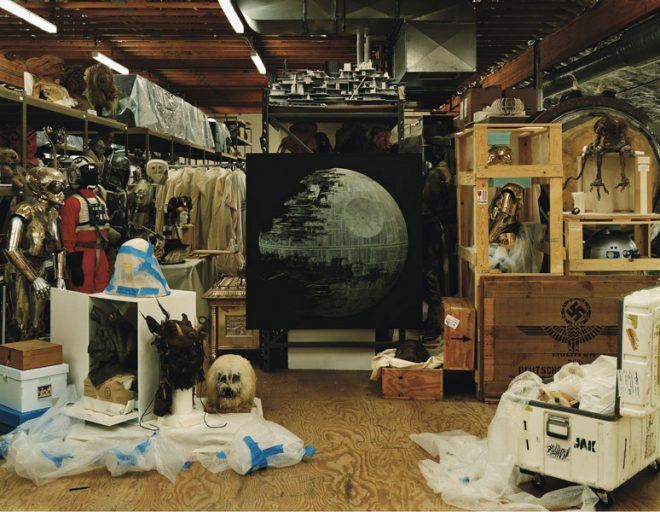
Lucas film archives, props and set pieces. Skywalker Ranch, Marin County, California | © Taryn Simon
Manuel Álvarez Bravo
Manuel Álvarez Bravo was a Mexican photographer from Mexico City and is considered one of the preeminent art photographers in Mexican history. His interest in elevating the quotidian at a time when photography, especially in his home country was staged and highly formal, attracted me from an early age.
In addition to his pioneering reach in exploring the everyday, Bravo sees texture as something deep and mysterious, almost sacred. These observations have haunted me from the time I was a little girl, looking through one of his books in the vast living room of a family friend.
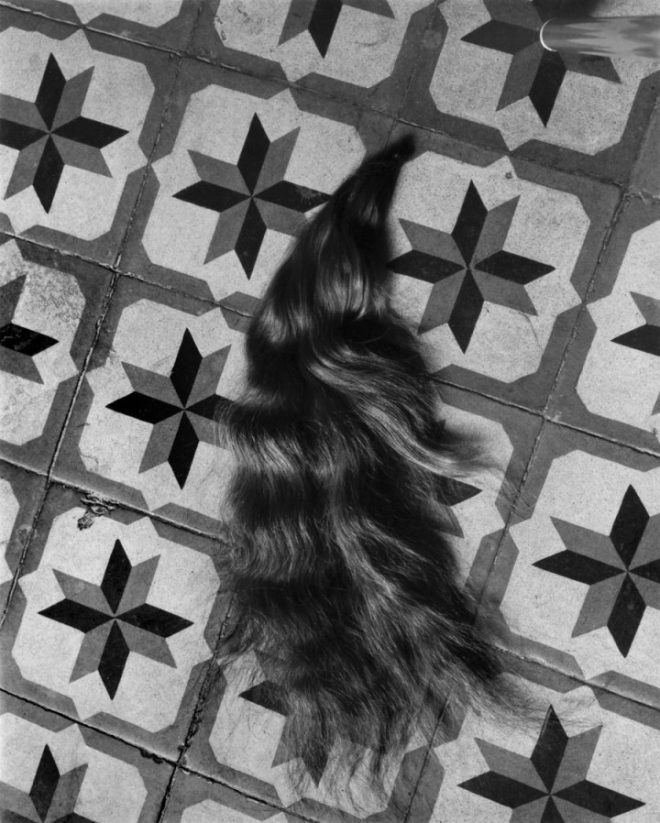
Graciela Iturbine
Graciela Iturbine is a Mexican photographer from Mexico City, and protogée of another photographer mentioned here among my favourites, Manuel Álvarez Bravo. She turned to photography after the death of her six year old daughter and when I look at her images, they all seem to have the lingering sadness and mystery of death, even when the works are capturing subjects which are vividly alive. Otherworldly would be a better word, but overused, don’t you think?
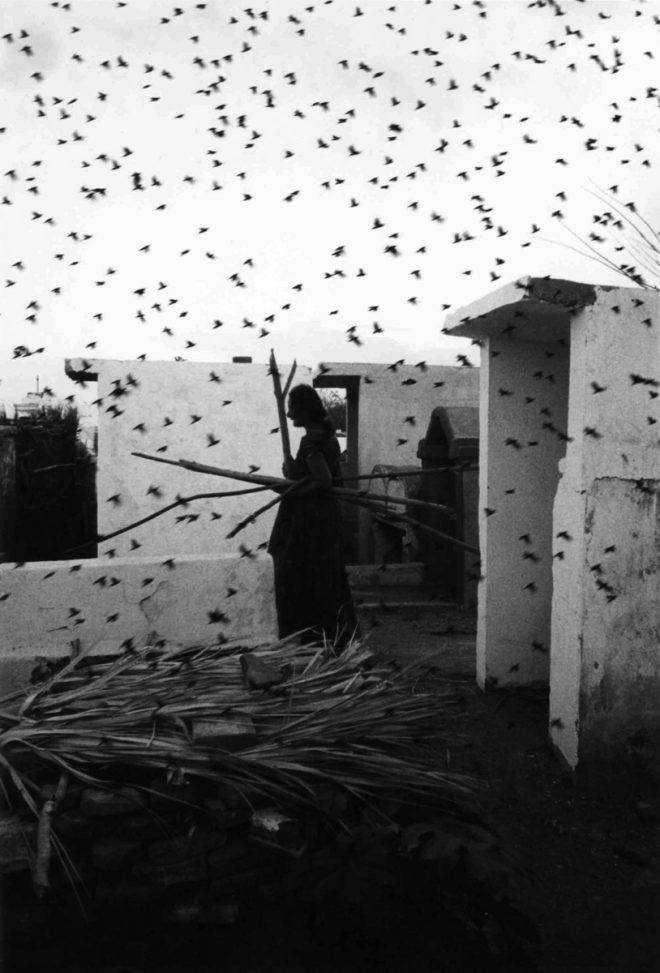
Graciela Iturbine, Cemetery Juchita 1988
Ruth Orkin
Ruth Orkin was an American photographer from Los Angeles who was largely self-taught. She had a ground-breaking career as a freelance photojournalist during a time when the field was, of course largely dominated by men. But it was my contact with her famous photograph, “An American Girl in Italy” (1951) which includes her in this list. When I was twelve or thirteen, I was given a postcard which featured the photograph on the front.
I became obsessed with the story it told. There was an incredible amount of complex information contained inside. Historically, the photograph is somewhat controversial, and seems to be a Rorschach test for personal ideas about feminism. I for one, knew exactly what it meant; independence, freedom and self-determination. For that reason, I can’t say the photographer directly influenced my work as much as my way of life.
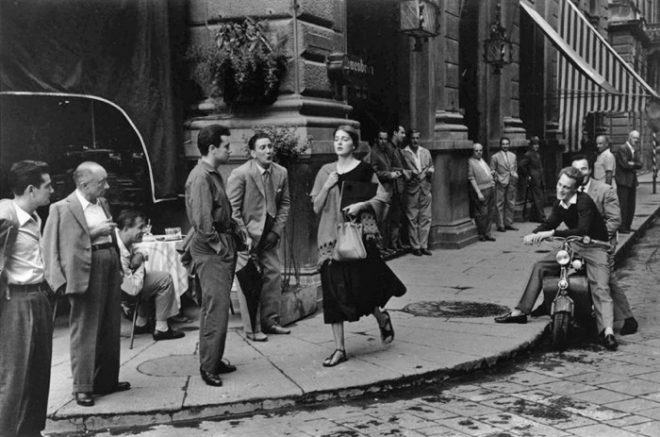
An American Girl in Italy, 1951 | © Ruth Orkin
Helmut Newton
One night, many years ago now, I was at the Chateau Marmont waiting for someone who never came. The bartender, feeling bad for me, very graciously stayed past last call and regaled me with ghost stories from the hotel. One of them was the story of Helmut Newton’s death; a car crash in which he drove headlong into the formidable white wall guarding the hotel’s entrance. Until then, I had always heard his name but never quite put the pieces together, you might say. But his tragic demise piqued my interest and when I discovered his world, I was enchanted. Everything he photographed had a perverse sexiness. It was dark, physical, and expressed a glamorous power that I saw mirrored in my own interests.
I think about him now every time I pass that white wall, and say a little prayer for all who flirt with the dark side.
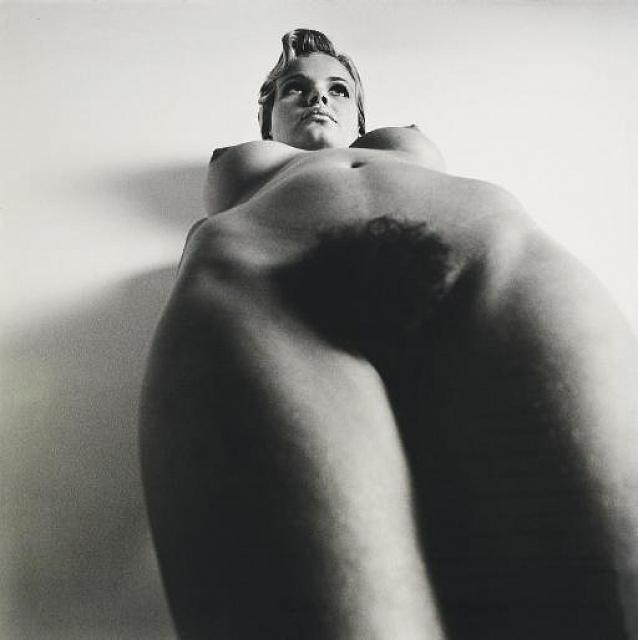
La Hollandaise, Monte Carlo, 1994 | © Helmut Newton
Henri Cartier-Bresson
Henri Cartier-Bresson was a French photographer from Paris. The king of composition! The king of the candid! And man, what a life well lived. In 1952 he published his book, “The Decisive Moment” about his philosophical approach to photography (with cover illustrations by Henri Matisse, I might add). In it, he contends “To me, photography is the simultaneous recognition, in a fraction of a second, of the significance of an event as well as of a precise organisation of forms which give that event its proper expression.” And I couldn’t agree more.
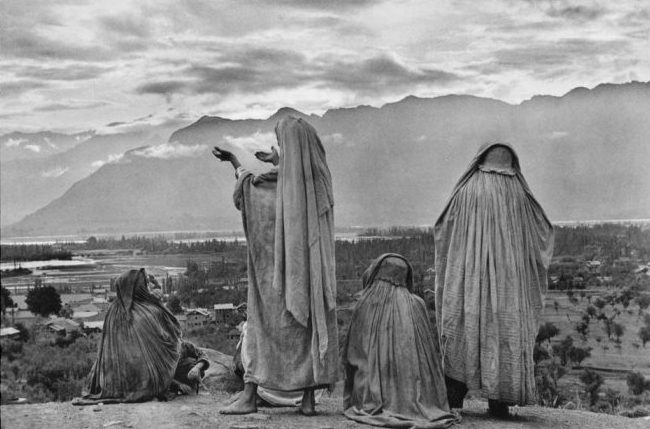
Srinagar, Kashmir, Muslim women on the slopes of Hari Parbal Hill, praying toward the sun rising behind the Himalayas, 1948 | © Henri Cartier- Bresson
Sally Mann
Sally Mann is an American photographer from Lexington, Virginia who stirred incredible controversy in the 1990s for photographs of her children, mostly in the nude on the Virginia farm where Mann still lives with her family. I think the images are incredibly beautiful, touching, and unflinching. I love a little controversy if the source is worthy, and to me, these photographs have most definitely been an inspiring and worthy source for years.
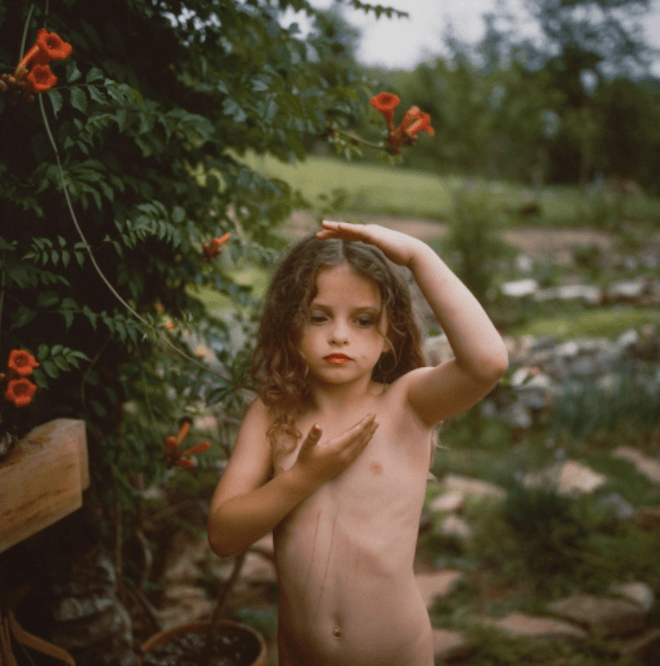
Untitled (Virginia with Trumpet Vine), 1990
Featured image by Emma Tillman.

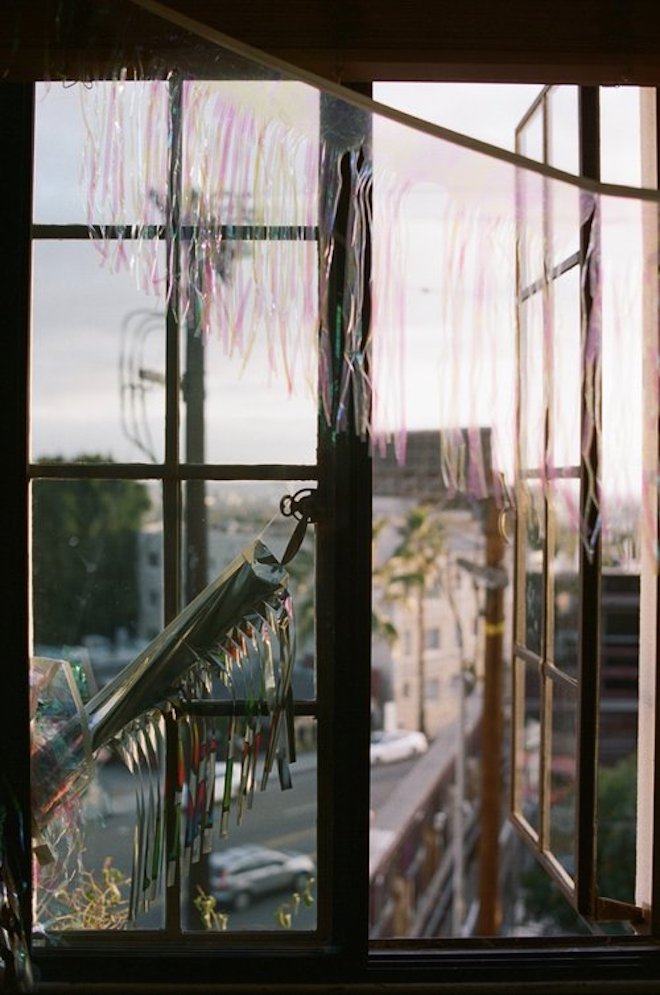
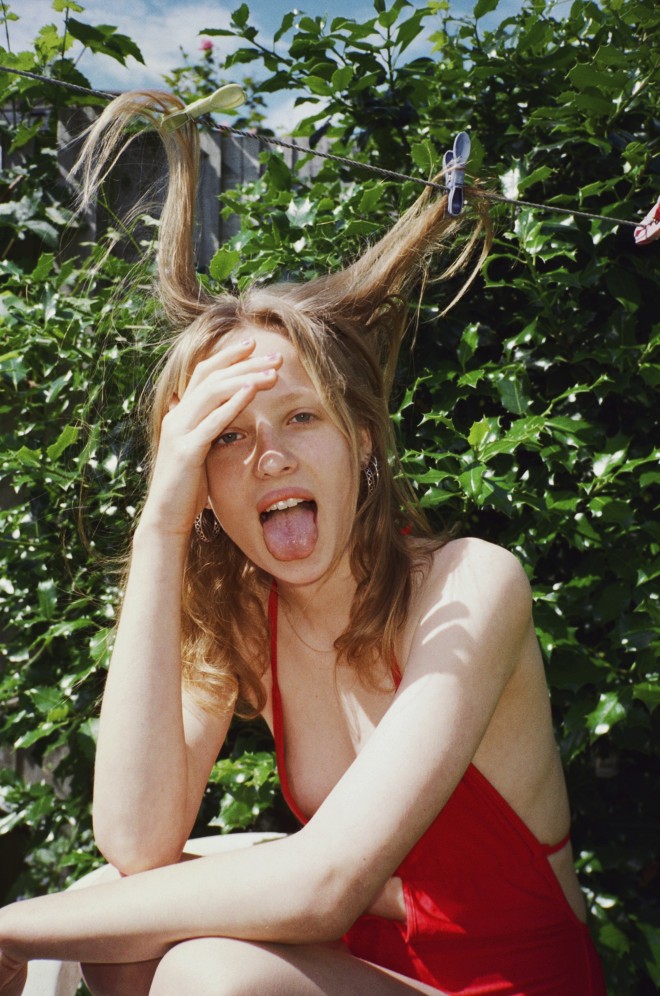
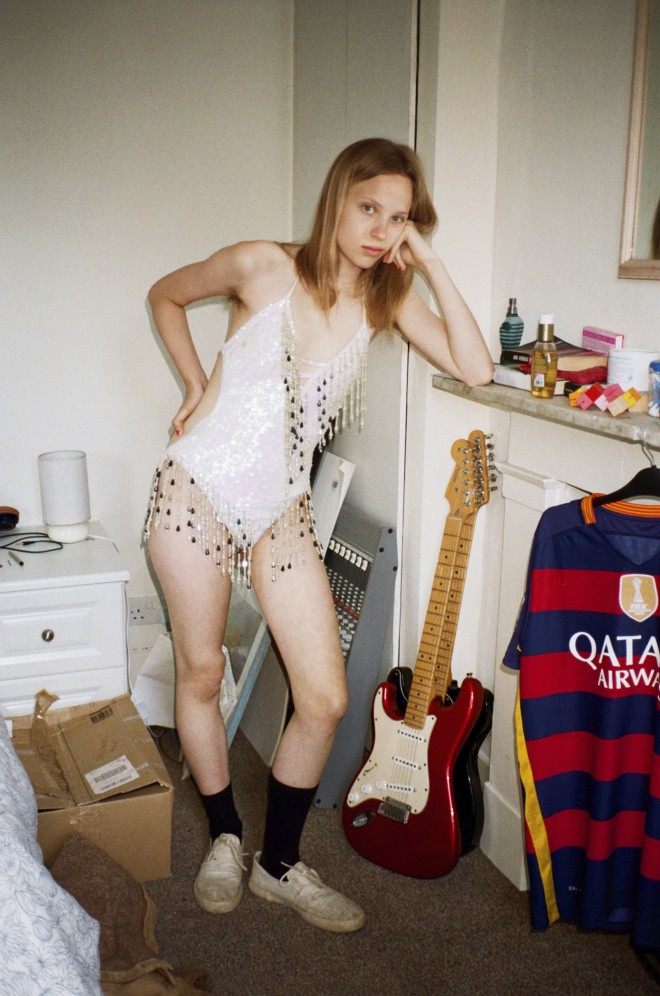
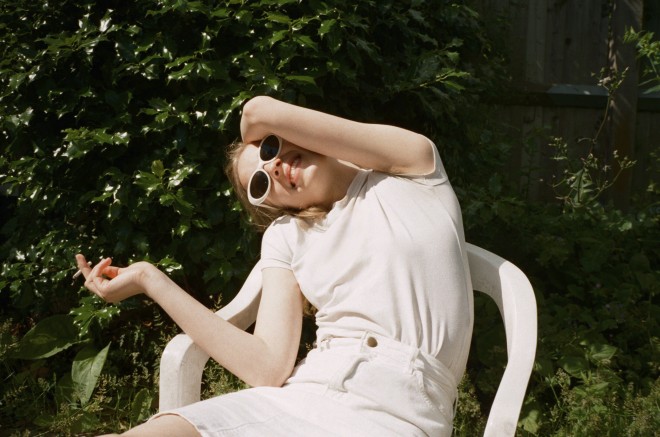
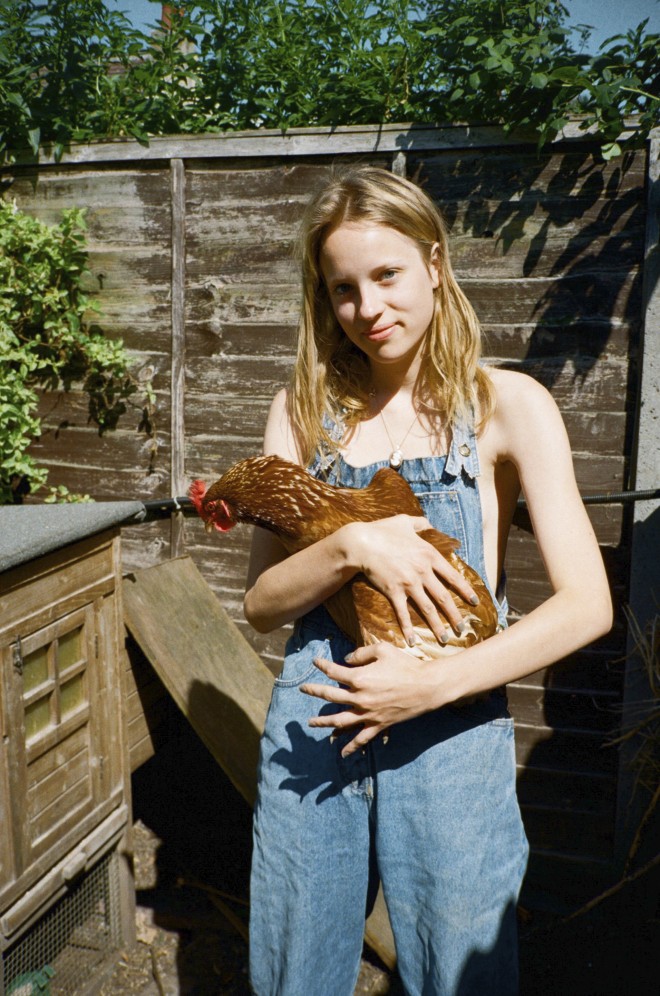
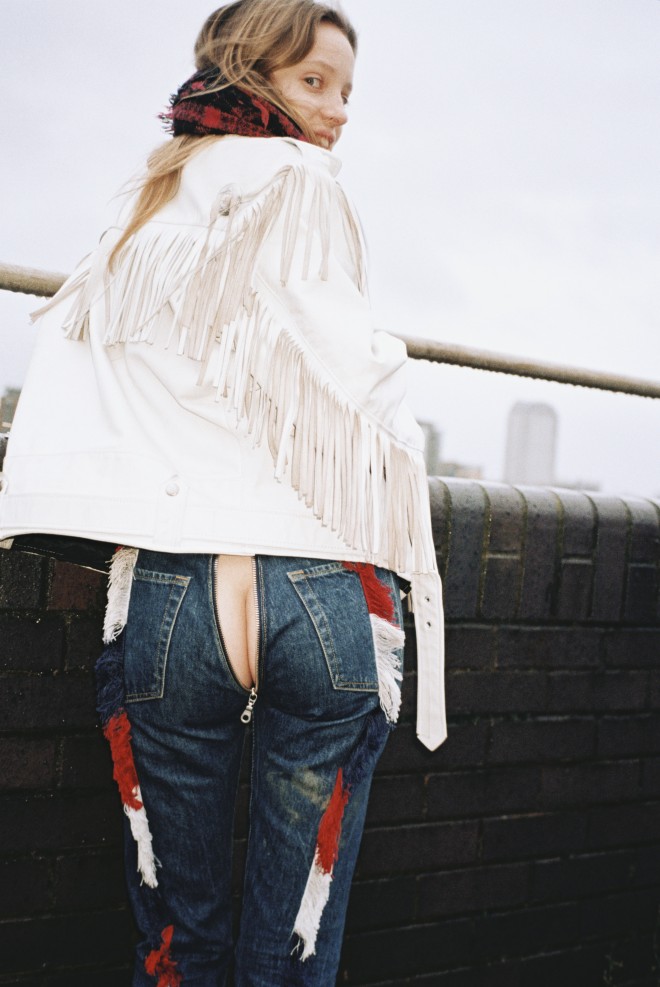

 Twitter
Twitter
 Tumblr
Tumblr
 YouTube
YouTube
 Facebook
Facebook
 Instagram
Instagram
